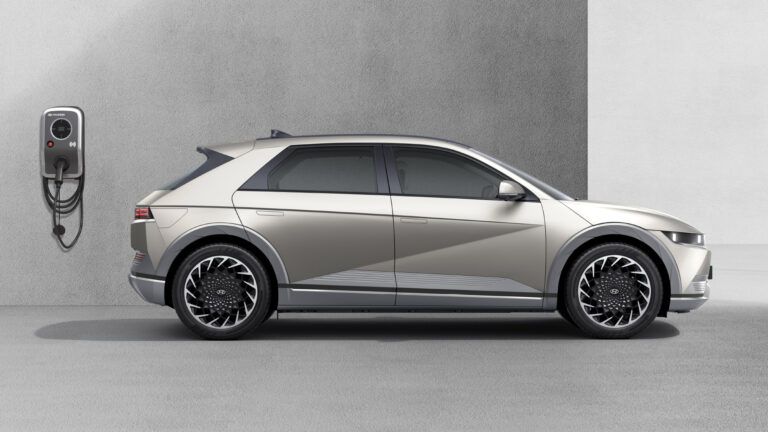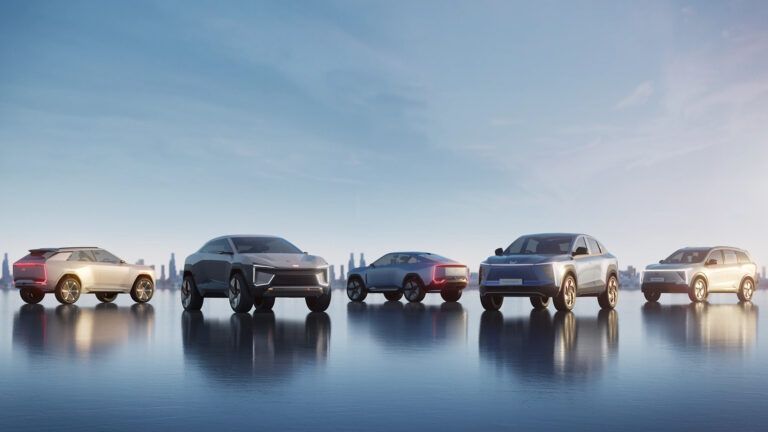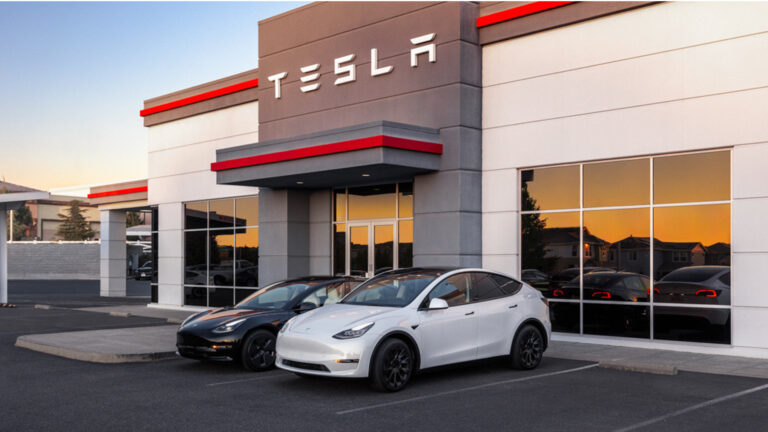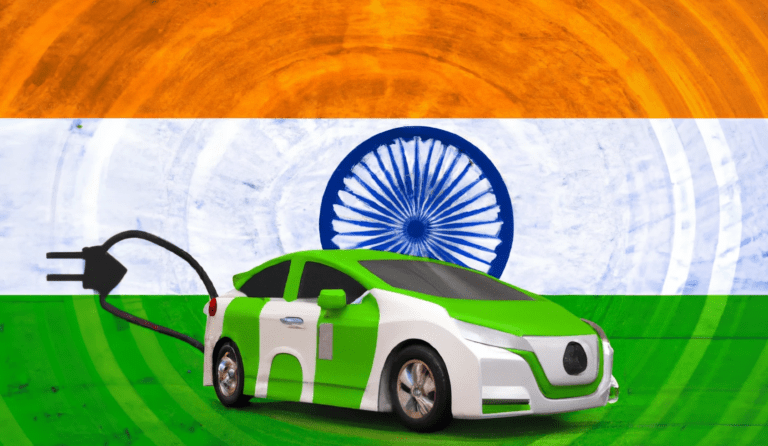On Wednesday, the Ministry of Heavy Industries announced a new e-mobility scheme worth Rs 500 crore, aimed to encourage the adoption and boost the sales of electric vehicles across the nation. Scheduled to launch in April 2024 and conclude in July 2024, the Electric-Mobility Promotion Scheme 2024 (EMPS 2024) will focus on promoting electric mobility during these four months.
Notably, March 31 marks the conclusion of the second phase of the FAME-II (Faster Adoption and Manufacturing of Electric Vehicles in India) program. The new e-mobility scheme seems to be an attempt by the government to boost EV adoption even after the FAME-II is not in effect. However, it should be noted that the newly announced scheme applies to only two-wheelers and three-wheelers.
Breakdown of the Scheme
The goal of the new scheme is to offer support of Rs 10,000 for about 3.37 lakh electric two-wheelers (e2w) with an incentive of Rs 5000 (per KWH), which is the same for the other vehicle types in this scheme.
Also, there will be a support of Rs 25,000 for 41306 electric three-wheelers (e3w) and 13590 electric rickshaws (e-ricks).
Moreover, for 25238 large electric three-wheelers (L5 e3w), there will be monetary aid of Rs 50,000.
FAME-II Scheme Extension?
Reports from last week indicated that the central government would extend the FAME-II scheme, scheduled to expire on March 31, by four months.
However, the following day, the government clarified that there had been no extension of the scheme, as previously speculated.
Moreover, the Ministry of Heavy Industries confirmed that the government didn’t approve a temporary extension of the program until July 31, with an allocation of Rs 500 crore for the specified period.
About the FAME-II Scheme
In 2014, the government launched the FAME (Faster Adoption and Manufacturing of Hybrid and Electric Vehicles) Scheme. Between 2015 and 2019, the Centre allocated Rs 895 crore for FAME I.
The FAME 2 program, launched in 2019 with a budgetary allocation of Rs 10,000 crore, was originally set for a three-year term but was extended by two years. Initially, it aimed to support 7,000 e-buses, 500,000 e-3 Wheelers, 55,000 e-passenger cars, and 1,000,000 e-two wheelers.
However, the Ministry of Heavy Industries increased the programme’s outlay from Rs 10,000 crore to Rs 11,500 crore.
The updated outlay allocated Rs 7,048 crore for electric two-wheelers and three-wheelers, with Rs 4,048 crore set aside for the ‘creation of capital assets.’ Furthermore, the government reserved Rs 400 crore for other specified purposes.
Reports indicate that more than 11,53,079 electric vehicles have received subsidies of Rs. 5,228 crores under the FAME-II scheme.
It’s noteworthy to mention that FAME II wasn’t without its challenges; it came under scrutiny when numerous electric two-wheeler companies failed to meet the localization requirements.
Following a government investigation, efforts were made to recover the wrongly claimed subsidies, which led to the exclusion of seven EV companies from the programme.
With the FAME-II scheme coming to an end on March 31, India will look forward to the EMPS 2024.








